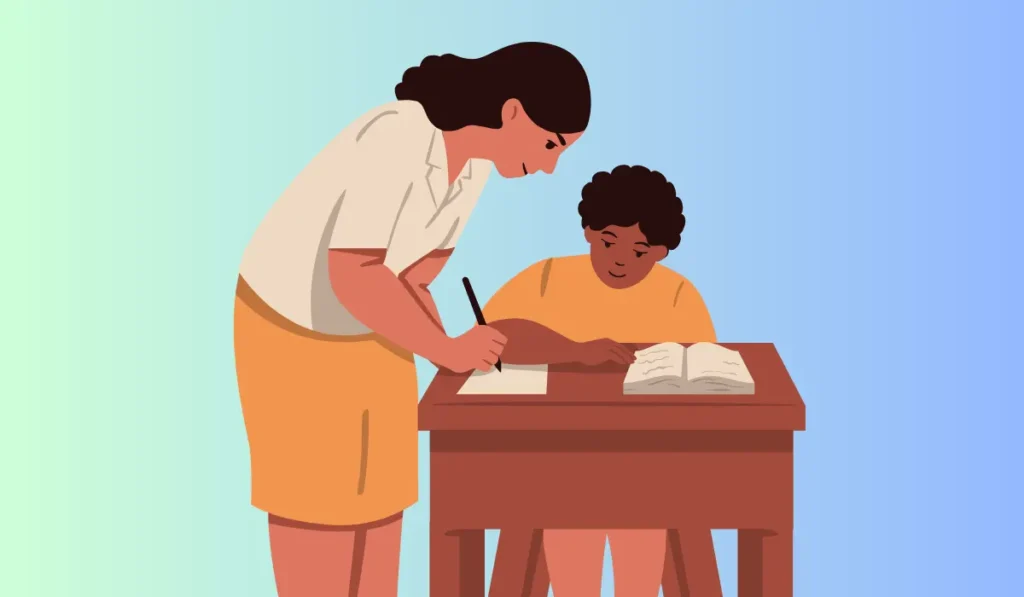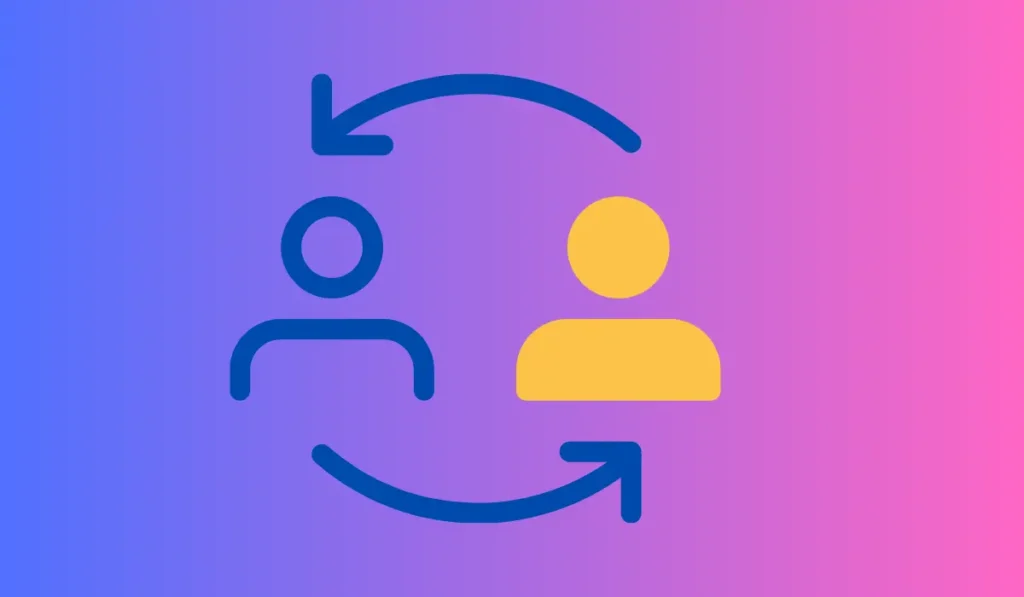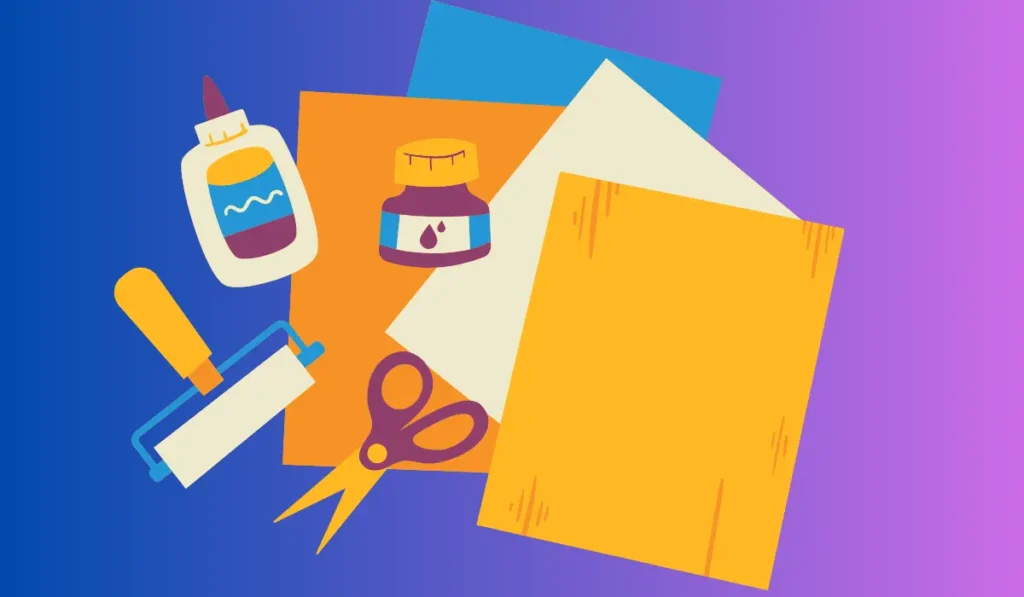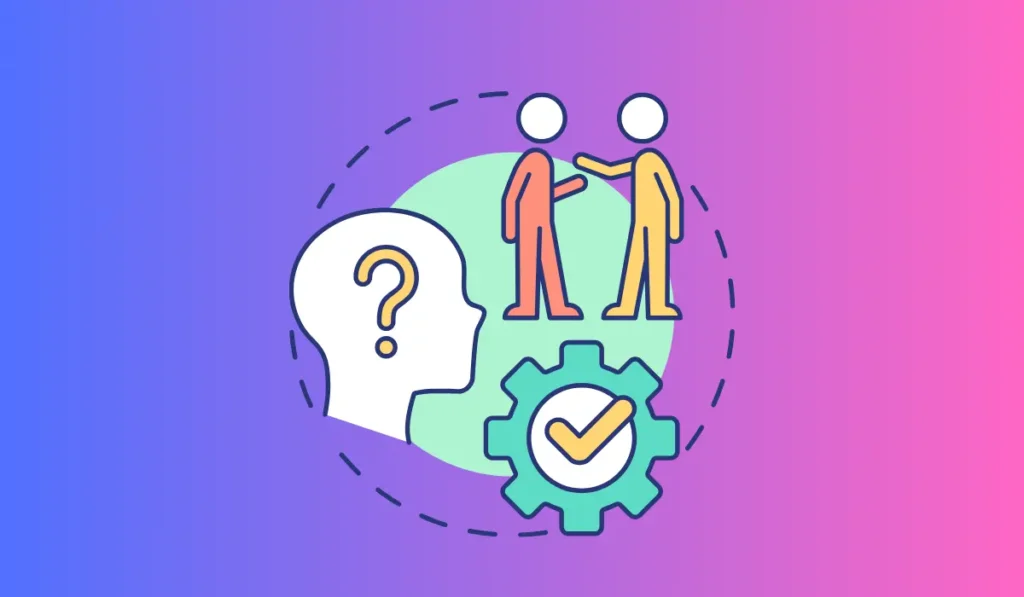The role of teachers is changing, with a shift towards them becoming facilitators. This change is driven by the need to create a more student-centered learning environment where learners are active participants.
As traditional education methods evolve, the perception of a teacher’s role has also shifted. The teacher is no longer the only sole source of knowledge and information but instead acts as a guide and facilitator to help students develop their own learning goals and strategies that work best for them individually.
I will discuss how the role of a teacher as facilitator has emerged, why it is important, and how it can be implemented effectively in the classroom.

Characteristics Of A Facilitator-Teacher
In modern education, the role of a teacher has shifted from being an authoritative figure to a facilitator who guides students toward discovering knowledge on their own.
A facilitator-teacher is someone who understands that learning is a collaborative process and facilitates the students’ journey toward it.
The Role Of A Facilitator-Teacher In Modern Education
The role of a facilitator-teacher starts with creating an environment that fosters learning. They act as a mediator between the students and the learning content, facilitating discussions, group activities, and hands-on tasks.
The facilitator-teacher’s role is to encourage critical thinking, problem-solving, and active participation from the students.
Skills Required To Be A Facilitator-Teacher
To be a facilitator-teacher, one needs to have a diverse range of skills. These skills do not necessarily follow from the traditional teacher’s skill set. The necessary skills include:
- Communication: Ability to communicate ideas and concepts clearly and effectively, both verbally and in writing.
- Empathy: Being able to understand and connect with the students’ emotions and perspectives, promoting trust and a sense of safety in the classroom.
- Flexibility: Adapting to changing environments, content, and students’ needs, constantly being open to new ideas and approaches.
- Collaboration: Encouraging collaboration, group work, and team-building activities to promote an inclusive classroom.
- Critical thinking: Encouraging students to ask critical questions and think critically about the given content, promoting intellectual curiosity.
- Technology: Proficiency in using technological tools to aid instruction, ranging from multimedia to online learning management systems.
Advantages Of The Facilitator-Teacher Approach
By changing the role of the teacher as a facilitator, students are allowed to take more active participation in their learning journey. This approach allows for students to engage more with the subject matter, creating a more hands-on learning environment.
With facilitated learning, students can ask questions, share ideas in group discussions, and have access to resources like learning materials, videos, and interactive tools—all in one place.

Challenges In Implementing The Facilitator-Teacher Approach
As teaching methods change to become more student-centered, the role of the teacher as a facilitator becomes more prominent. However, implementing this approach can pose significant challenges.
Resistance From Teachers And Educational Institutions
- Some teachers may find it difficult to shift from traditional methods where they are the center of attention in the classroom.
- Some educational institutions may have a more rigid structure that makes it difficult to adapt to the facilitator-teacher approach.
Lack Of Training And Resources For Facilitator-Teachers
- Teachers may lack the necessary training to implement a facilitator-based approach effectively.
- Schools may also lack the resources and infrastructure to support teachers in making this shift.
Concerns About Maintaining Discipline And Control In The Classroom
- Teachers may worry that a student-centered approach could lead to a lack of discipline and control in the classroom.
- It could be challenging for the teacher to maintain authority while allowing students to take more control over their learning.
Making the shift to a facilitator-based approach requires significant effort and resources. Teachers and educational institutions must work collaboratively to ensure that teachers receive sufficient training, and schools have the resources to support the necessary infrastructure changes.
Teachers must also strike a balance between being a facilitator and maintaining discipline and control over the classroom.
Frequently Asked Questions
What Is The Role Of A Teacher As Facilitator?
The role of a teacher as a facilitator is to guide and direct students. Teachers provide students with the necessary resources and support to help them develop and learn, rather than acting as the sole source of knowledge.
How Is The Role Of A Teacher As Facilitator Different From A Traditional Teacher?
A teacher as facilitator focuses on creating a student-centered learning environment, whereas a traditional teacher-led environment revolves around the teacher being the sole source of information and knowledge.
What Skills Are Necessary For A Teacher As Facilitator?
Effective communication, active listening, problem-solving, critical thinking, and adaptability are essential skills for teachers to act as facilitators. It is important that teachers can adapt to different needs and learning styles.
What Are The Benefits Of A Teacher As Facilitator Approach?
A teacher-as-facilitator approach creates a more student-centered learning environment that provides students with the skills and knowledge they need to succeed in life. It promotes critical thinking, creativity, problem-solving, and teamwork skills that are necessary for success in the 21st-century workforce.
Conclusion
Effective change is never an easy process, but it becomes important to adapt to the changing times, especially in education. The traditional role of a teacher is evolving with technology being integrated into classrooms, and both students and teachers have to embrace and adopt these changes. The facilitator role offers a collaborative learning opportunity for both parties, as students learn in diverse ways, and therefore, require different techniques and strategies as they grow. A teacher who abandons their old habits to facilitate learning guarantees better cognitive development for their students.


